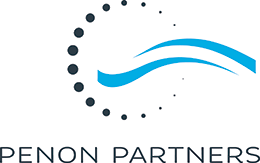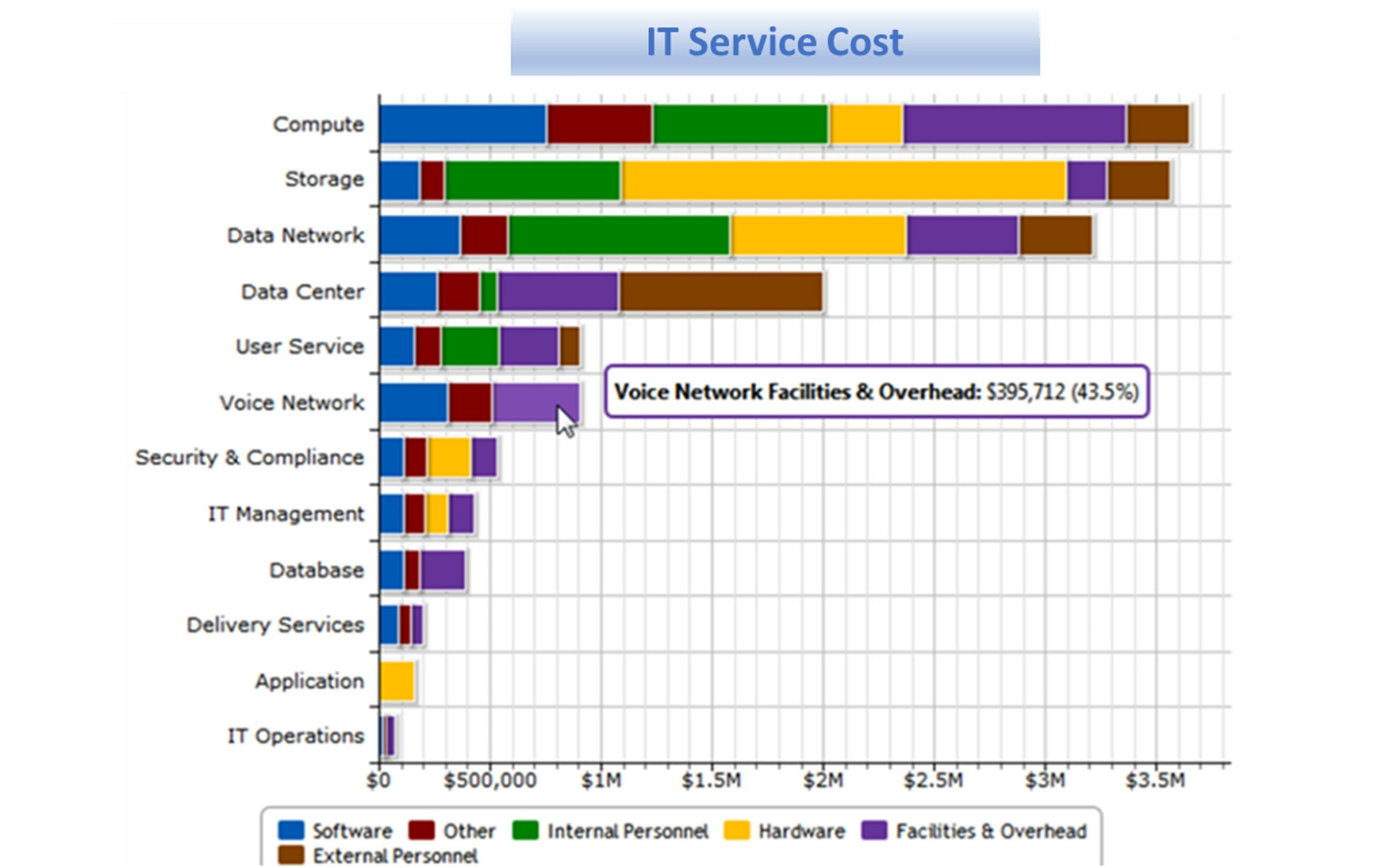Welcome to part IV of my five-step approach to finding the financial waste in your IT budget.
Part IV is not for the faint of heart. Building an IT Service cost capability will require time, effort, skills not typically found in IT organizations and a strong partnership with your Finance organization. It requires creating a capability within IT called that is part of a Technical Business Management (TBM) office that combines both business and technical expertise to manage IT like a business service provider.
- You must take the time to identify all the IT Services you provide to your business. Typically, they will fall into two large buckets: Project Delivery Labor and Technical Services. Project Delivery Labor is hourly labor to develop architecture, design solutions, engineer solutions and the management of the delivery process (e.g., project management). Technical Services are all the areas that keep IT running: storage (Tier 1, 2, …), servers by type (x86, Unix…), Cloud Services (GCP, AWS, Azure…), network, connectivity, databases, containers, end user devices (laptop, phone,…), and etc. When defining your IT Services, it is very important to not be too creative. You want your services to align with what the industry uses in the marketplace because you will need to benchmark your services against what can be purchased in the market.
- For each of the identified IT Services you will have to define what the Unit of that service is. Again, do not be too creative because it needs to align with what can be purchased in the market. Project Delivery will typically be an hour of labor, Storage is gigabyte, servers might be small medium or large, laptop, desktop, etc.
- You need to identify who within IT owns each IT Service you defined above. These individuals will take on the role of Services Owners. This will require individuals who have a good understanding of the service, but also a strong understanding of Finance. This is because the Service Owner needs to not only understand the technology, but also what it costs to run it. These individuals will be difficult to find because a technologist who knows finance is hard to find and the opposite is true too.
- Next you need to form a partnership between IT and Finance so that you jointly can identify all the costs that make up each of the IT Services you identified above. When complete you will have the Total Cost of Ownership (TCO) for each of the services. The goal is to distribute 100% of the IT budget to the IT Services. If you have any monies left over that you could not associate to an IT Service, you have an opportunity to eliminate cost that no service is using. In addition, you must determine how many Units make up each service. With this you not only have a total budget for each service, but also a budgeted Unit cost of each service.
- The Service Owners then need to identify who is consuming each Unit of each IT Service. This will allow the Service Owner to share how much of each service individual consumers (business unit, application, company, customer) are utilizing and whether the demand is flat, increasing or decreasing. This is a very powerful opportunity to partner with the consumers and empower them to understand their demand for services and how they can shape the demand to save money. Are they consuming more than they need? Are they using high-cost storage for low importance data? Are they paying for employee equipment after the employee left because they did not off-board them completely? etc.
These five steps I have shared are a great starting point, but over time and with increased maturity many additional things can be done. For example, having the Unit cost of each IT Service allows the Service Owners to show whether the Unit cost is flat, increasing or decreasing. It also, allows Finance and the Service Owner to understand and get to the root cause of any variation in a Unit cost that is failing to stay on budget. Finally, these Unit costs give the Service Owner the ability to benchmark against what can be purchased in the marketplace. If they can find the IT Service cheaper in the marketplace, then the Service Owner must justify why the service should continue to be delivered as it is today or sell why it should be purchased elsewhere.
This is a very complex topic with many possibilities and opportunities to find savings. If you need some help to make this happen or want to learn about more ways to save money so you can reduce your IT budget and/or find monies to invest in new IT capabilities? Schedule time to chat with me and discuss my offerings. I’ll be happy to talk. Calendly – Andy Smith

